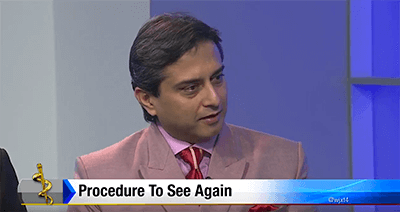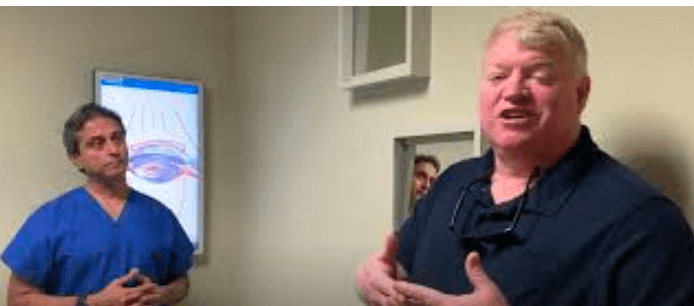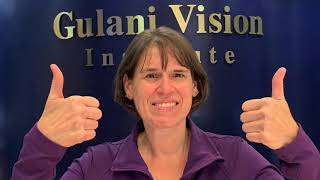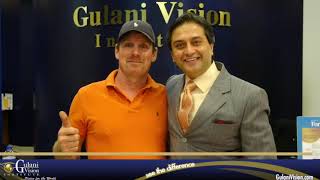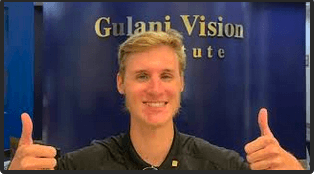Keratoconus Surgical Complication Correction

Keratoconus complications are quite common as they may be a direct result of the keratoconus or of surgical intervention of the patient’s most recent surgeon.
Over nearly three decades of experience as a pioneer in developing advanced keratoconus correction techniques and award-winning inventions, Dr. Gulani has developed a proprietary protocol to enhance keratoconus complication surgery outcomes and also correct keratoconus complications successfully.
Following a detailed personal consultation with the patient along with advanced diagnostic testing he then classifies the complications into the following categories:
Primary Surgery
From The Keratoconus Itself:
a. Anatomical
b. Refractive
c. Visual
Secondary
An attempt from some surgeon to surgically correct the keratoconus induced vision deterioration:
a. Anatomical
b. Refractive
c. Visual
As a master of ICS implant surgeries Dr. Gulani receives keratoconus surgery complication patients from all over the world and teaches these concepts to surgeons worldwide.
Dedicatedly approaching keratoconus complication patients with a goal to improve their vision Dr. Gulani classifies his approach into:
- Revision: i.e. remove the previous surgeon’s Intacs® or replace them with the correctly optimized size and pairing
- Compensatory: i.e. leave the previous surgeon’s Intacs® in place but compensating for the inadequate vision outcomes by applying LaZrPlastiqueTM or LenzOplastiqueTM techniques to enhance the patient’s vision
- Salvage: i.e. taking patients whose Intacs® surgeries have caused irreversible damage and salvaging their anatomy and vision by using his intricate corneal restorative surgical techniques
This patient traveled from Egypt to Dr. Gulani in Florida after multiple failed keratoconus surgeries including Keraring, PRK, PTK, and cross-linking with his eye surgeons in London, US, Canada, Egypt, and Dubai. Dr. Gulani designed his no-cut, no-flap surgery and brought him straight to vision.


